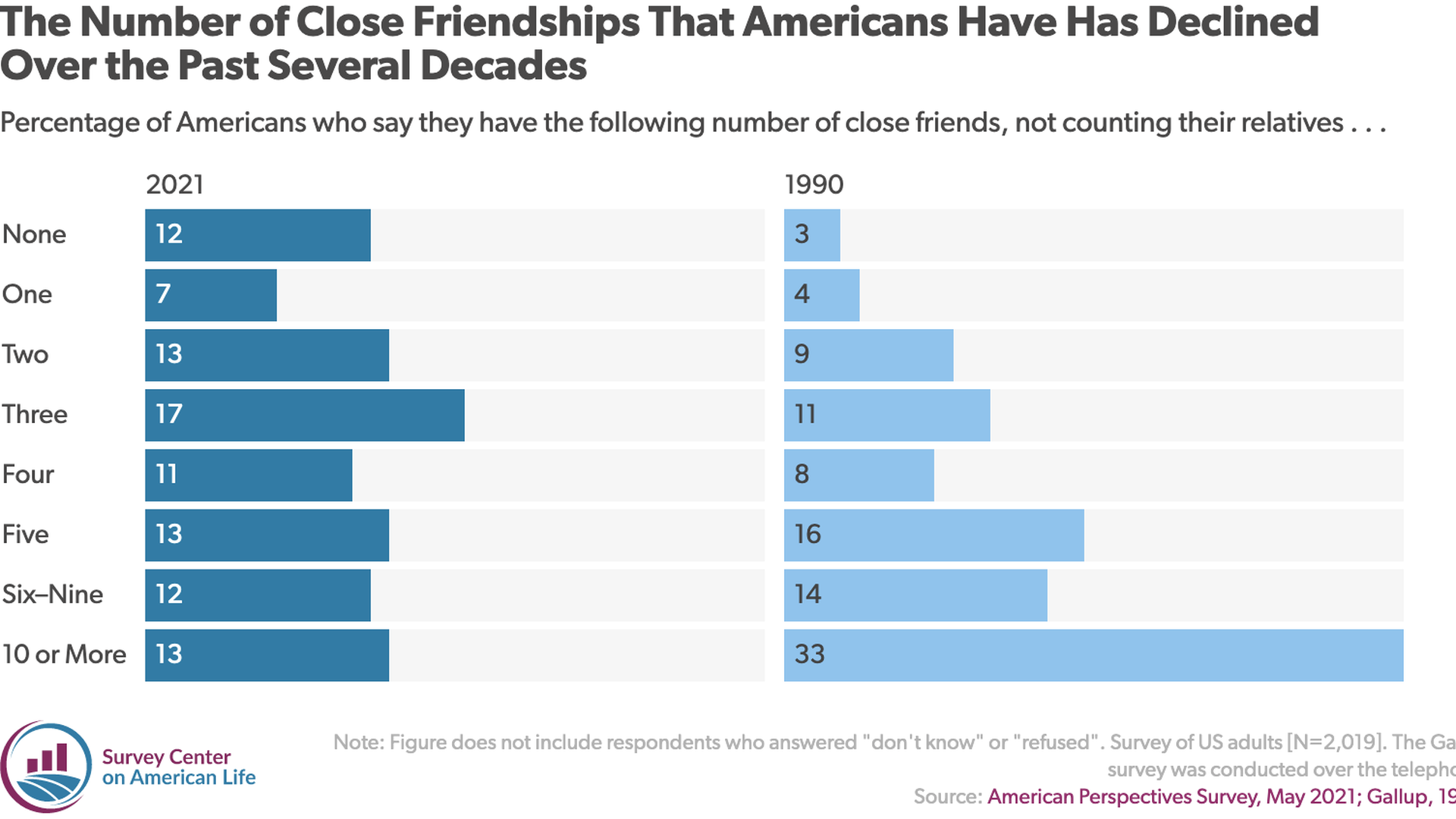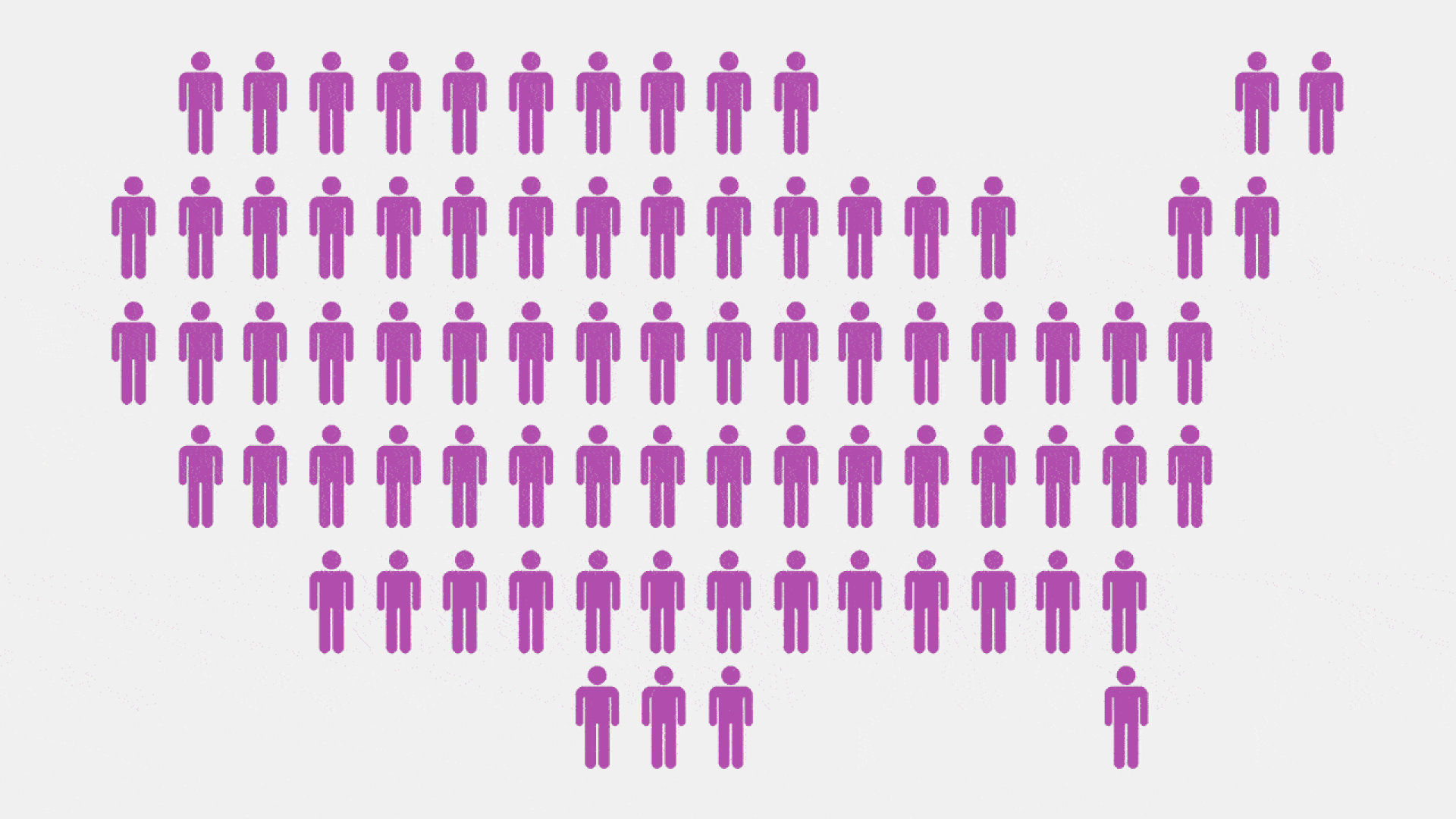| | | | | | | | | | | Axios What's Next | | By Bryan Walsh, Joann Muller and Erica Pandey ·Jul 27, 2021 | | Tuesday brings us the changing nature of long-distance relationships, the real-world difficulties of charging non-Tesla EVs, and why managers sometimes forget remote workers. "What was next" trivia: On this day in 1869, a patent was first received for what kind of candy? Hint: Don't try to sell it in Singapore 🇸🇬. - Credit to reader Steve Willis for being the first to note that L.A. experienced the first recorded smog attack on July 26, 1943.
- Send your answer, along with tips and feedback, to whatsnext@axios.com.
Today's Smart Brevity count: 1398 words ... 5 minutes. | | | | | | 1 big thing: The end of long-distance relationships |  | | | Illustration: Annelise Capossela/Axios | | | | Jobs have always taken people to new cities, states or even countries — ending millions of relationships, or turning them into long-distance ones. Telework may be a fix, writes Erica Pandey. Why it matters: Often we made personal relationships remote to prioritize in-person work. Now work could become the part of life that's remote, allowing relationships to get that valuable in-person investment instead. The big picture: Long-distance relationships had been on the rise pre-pandemic. - There are about 4 million married Americans ages 18 and over who live apart from their spouses, up from 2.7 million in 2000, the Economist reports, citing census data.
- That excludes all of the unmarried couples who are dealing with distance.
Be smart: There are a slew of reasons why couples may be living apart. They may attend different colleges or graduate schools, one spouse may be in a nursing home, or one spouse may be incarcerated. But a big — and growing — divider of couples is work, says Danielle Lindemann, a sociologist at Lehigh University and the author of a book on commuter spouses. By the numbers: Around 40% of the 97 commuter couples Lindemann interviewed for her book had minor children when they lived apart. - Some lived just two hours away from one another and could meet up a few times a week, while others were on different continents and could barely find time to talk on the phone.
- Many didn't reveal to their employers that they were in long-distance marriages, fearing they'd be perceived as distracted or likely to quit, and many were constantly searching for new jobs to move back in with their partners, Lindemann says.
Context: Now those in long-distance relationships are yet another cohort for companies to think about as they plan their workplace strategy. - Workers will be much more reluctant to move for work if they can easily find remote jobs and stay with their partners or spouses. And companies that don't offer those flexible options may lose talent.
But, but, but: Remote work isn't always good for relationships. - For couples who have lived apart for a long time, there's a transition period when you learn how to deal with each other, says Lindemann. "You get used to having your own space, and sharing that again can cause conflicts." That's exacerbated if both partners work from home and are around each other even more.
- Workplaces are also big starters of relationships: Nearly a quarter of Americans meet their spouses at work. In hybrid or remote work, people will likely have to rely more heavily on other ways to meet potential partners, such as dating apps.
The bottom line: The rise of hybrid and remote work is triggering big changes in society — whether it's restructuring our cities or changing the way we date. Share this story. |     | | | | | | 2. The friendship crisis |  | | | Data: 1990 findings from Gallup. The May 2021 survey included 2,019 U.S. adults on the Ipsos KnowledgePanel. (Margin of error: ±2.4 points.) Graphic: Survey Center on American Life | | | | New research shows Americans have fewer friends than in the past and are less likely to have a best friend, writes Mike Allen. - Why it matters: At a time of excruciating mental and societal stress, this is another sign we're breaking apart. And the friendship drought could get worse with more people working remotely or hybrid-ly.
Here are two key findings, from May polling by the Survey Center on American Life, a project of the American Enterprise Institute: - Our number of close friends has declined considerably from 30 years ago, when 33% of U.S. adults reported having 10 or more close friends, not counting relatives. Now, 13% say that.
- In 1990, 75% of us said we had a "best friend." This year, 59% said that.
AEI senior fellow Daniel Cox, who conducted the research, told Axios that as he's discussed the findings on podcasts and online, people get it: "Everyone has their own anecdote." - "We realize the importance of friendship, and we're just not investing the time," he said, adding that it's another way the nation is "vulnerable."
Go deeper: Explore the data. |     | | | | | | 3. The charging travails of driving a non-Tesla EV |  | | | Illustration: Aïda Amer/Axios | | | | America is moving toward an electric vehicle future, but the present infrastructure can be maddening for those who own an EV — particularly if that EV isn't made by Tesla, writes Dan Primack. Why it matters: President Biden's infrastructure proposal includes billions of dollars for EV charging, in an effort to replicate the ubiquity of gas stations. First person: Several weeks ago I bought a Ford Mustang Mach-E, the automaker's first all-electric crossover vehicle. And it's worked great for my daily commute to the coffee shop, errands and social engagements. Drive around, charge it overnight in my suburban Boston garage, and wake up to an estimated range of around 215 miles. - My only worry was driving to New York City, which I do around once per month in non-pandemic times. It's about 200 miles door-to-door, and the route is prone to construction and congestion delays in the summer months.
- But I was assured that this might be one of the country's easiest EV routes, as the Acela corridor has been an early electrification adopter.
- Those assurances were misplaced.
My plan was to recharge at one of the three I-95 rest stops just south of New Haven, Connecticut. This was my plan because the website for those rest stops said they had "electric vehicle charging stations." - At the first one, I spotted some Tesla chargers but none for other EVs. So I checked again on my phone and saw a comment about how the other EV chargers are located where trucks refuel. Since I'd already driven past that spot, I headed to the next rest stop. Charge level at around 30%.
- At the second one, I went to the truck refueling spot. All I saw were trucks and diesel pumps. Again, because of traffic patterns, I drove on. Charge level at around 26%.
- Third rest stop. More Tesla chargers. None for me. I go inside to ask. I can't find them because they don't exist. Charge level at 23%.
Read about the rest of Dan's journey to New York (he eventually made it). |     | | | | | | A message from Axios | | A better way to communicate with your employees | | |  | | | | Only 5% of staff make it past the first few lines of any internal update Axios HQ helps you distill esstential information, so employees get the news they need to make smarter business decisions faster. See a sample Axios HQ update. | | | | | | 4. WSJ: U.S. population may have shrunk |  | | | Illustration: Annelise Capossela/Axios | | | | The combination of high death rates during the COVID-19 pandemic, immigration restrictions and persistently low birth rates mean it's possible the U.S. population shrank in 2020, according to a new piece in the Wall Street Journal, writes Bryan Walsh. Why it matters: Until proven otherwise, demography is destiny for countries — and stubbornly low rates of population growth will present major economic and political challenges for the U.S. if they can't be reversed. By the numbers: In half of all U.S. states, more people died than were born in 2020, up from just five states in 2019. - Early estimates show total U.S. population grew just 0.35% for the year ending in July 1, 2020.
- Every type of U.S. county saw a decrease in the number of births per death in the second half of the 2010s, though the issue is most extreme in rural America.
- Janet Adamy and Anthony DeBarros of the WSJ note that "some demographers cite an outside chance the population could shrink for the first time on record."
Between the lines: Deaths from COVID-19 have thankfully fallen significantly in 2021, and in past economic crashes, drops in birth rates have generally reversed when the economy recovers. - Yes, but: After birth rates peaked in 2007, they never fully rebounded following the Great Recession, and it now stands at 1.6 children per woman — well below the 2.1 needed for a population to replace itself.
Read the rest. |     | | | | | | 5. Number of the day: 42% |  | | | Illustration: Sarah Grillo/Axios | | | | That's the percentage of supervisors who say they sometimes forget about remote workers when assigning tasks, according to a new survey by the Society for Human Resource Management (SHRM), writes Bryan. Why it matters: Remote workers' fear that they might simply be forgotten by their managers if they're not in the office appears to be at least partially based in reality. A couple of other notable stats from the survey: - 67% of managers say they spend more time supervising remote workers than workers onsite (though apparently not so much more time that they don't occasionally forget they exist).
- 34% of remote workers say working at home permanently would reduce the number of career opportunities available to them.
The bottom line: We're a long way from figuring out the new shape of work for managers and employees alike. |     | | | | | | A message from Axios | | A better way to communicate with your employees | | |  | | | | Only 5% of staff make it past the first few lines of any internal update Axios HQ helps you distill esstential information, so employees get the news they need to make smarter business decisions faster. See a sample Axios HQ update. | | |  | | It'll help you deliver employee communications more effectively. | | | | | | Axios thanks our partners for supporting our newsletters. If you're interested in advertising, learn more here.
Sponsorship has no influence on editorial content. Axios, 3100 Clarendon Blvd, Suite 1300, Arlington VA 22201 | | | You received this email because you signed up for newsletters from Axios.
Change your preferences or unsubscribe here. | | | Was this email forwarded to you?
Sign up now to get Axios in your inbox. | | | | Follow Axios on social media:    | | | | | |
No comments:
Post a Comment